.jpg?width=6016&height=4000&name=FDFB00002B%20(3).jpg)
Since the time this blog was originally published, upgrading the factory fuel system has become a reality by way of Xtreme DI pump and injector options. We've written other blogs about this, but consider auxiliary fuel as an option still available to you!
With the Focus ST specifically, the bottom line is you have to address the factory fueling limitations if you want to make around 400whp or more. There is no other way around it. Auxiliary fueling has become the best way to accomplish this and will allow for the mighty 400whp number and any point past that if you're one of the many that just can't have enough power.
The Focus ST has a lot of potential right out of the box. There is a lot of aftermarket support and many directions to take when you start modifying. When it comes to power, the stock turbo will net you just under 300whp. After that, you're pushing its limits too hard, if it'll even go that far. For any power level you desire over 300, you'll need a bigger turbo.
A turbo can be purchased, bolted on and tuned. Without auxiliary fueling though, you're limited to around 360-400whp (depending on fuel being used), regardless of what size turbo you get. Don't get me wrong, 360-400whp is a blast. It's a completely different experience than a stock turbo. But you're at the limit of the factory fuel system. It physically cannot flow the necessary fuel to match the amount of extra air that's now flowing into your engine.
Auxiliary fueling is the process of adding on to the factory fuel system in a separate location, through separate fuel injectors. There are 2 ways to accomplish this. One way is to add 2 fuel injectors immediately after the throttle body so they spray fuel into the intake manifold where it atomizes and disperses into the air and then moves together with the air into the cylinders. The second method is to add a spacer in between the cylinder head and the manifold that adds one extra fuel injector per cylinder, to mix the air and fuel right before it enters the engine. The first method isn't quite as desirable but it's perfectly fine for those looking to get a maximum of 400-450whp and might be on a budget. The second method is ideal with equal fuel distribution in each cylinder and injectors that are operating in a more efficient range than the 2 at the throttle body.
.jpg?width=1024&height=681&name=Focus%20ST%20Aux%20Fuel%20Small%20(3).jpg) |
|
A full view of the cp-e Auxiliary Fuel System for the EcoBoost 2.0 and 2.3 engines with the manifold off. A custom fuel line is used along with the billet parts in the kit. |
What setup is right for your build?
Going back to the power goal, if all you need is 400-450whp to make you happy, the throttle setup is perfect. We've actually used this method at one point on our own build, using the Stratified Auto kit, and it worked flawlessly. The ST intake manifold distributes air very evenly and straightforward so no weird turns and pockets get in the way of the air/fuel mixture making it's way through. In a nutshell, here's how the throttle body method works.
- A "T" is used in the middle of the fuel feed line coming from the tank to the engine bay. It allows fuel to continue to be routed to the factory high pressure pump and also reroutes some of the fuel to the fuel system you are now adding.
- The factory in-tank fuel pump does not need to be modified until very high power levels. The stock fuel pump is a pretty high flowing pump, relatively.
- The new fuel line that taps into the factory system dead ends at the new fuel rail which means there is no need for a return line and no fuel pressure regulator is necessary.
- With a new fuel system, a new fuel injector controller is necessary. Basically, it's the new ECU that controls ONLY the new fueling components. A very simple system by Split Second is used that requires a signal from the ignition wire for RPM signal and the intake manifold MAP sensor for the boost pressure signal. This device gets tuned separately from the car's ECU.
.jpg?width=1024&height=681&name=Focus%20ST%20Aux%20Fuel%20Small%20(1).jpg) |
| The factory manifold MAP sensor wire is intercepted and connected to an external 4 bar MAP sensor (mainly used for the higher boost levels from a bigger turbo) which is also adapted to the new fuel controller. This provides a signal on how much fuel to inject based on the user programmed map. |
Using a Surge Tank
With the use of a surge tank, you can all but eliminate the possibility of a fuel pump and fuel tank issue being the source of a problem. Think of a surge tank as a much smaller, auxiliary fuel tank. The pump in the main fuel tank feeds fuel to a mini-tank (surge tank) and from there, a new fuel pump handles the pumping duties from there. There are a couple benefits to this. You can select the fuel pump of your choice to use with the surge tank. Secondly, because the surge tank is small and constantly being fed by the main tank's pump (aka "lifter" pump), fuel slosh isn't an issue. Fuel sloshing around the tank can cause the fuel pickup to run dry for a very quick second or two. If that happens and you have your foot in the throttle, it can mean bad things for your engine, really bad. With a surge tank, there is always a healthy amount of fuel to supply the system at any moment when your foot is in the throttle.
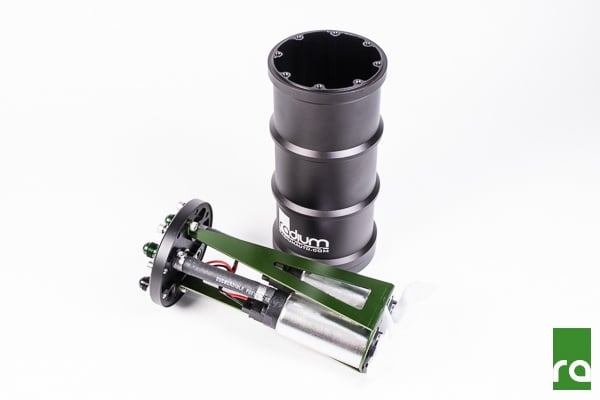 |
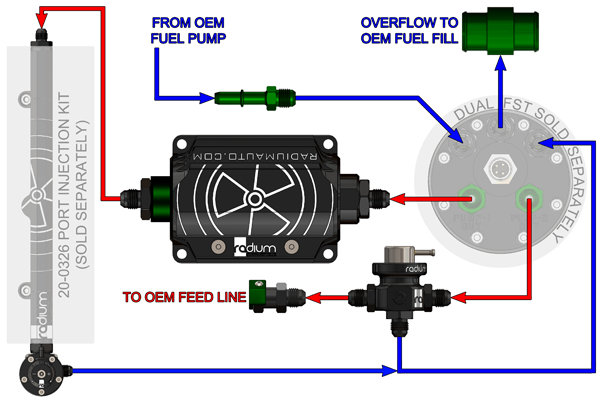 |
|
Top: The inside of a surge tank is shown here. The fuel pump is located |
4 Port Fuel Injection - Recommended for 450whp+
4 port auxiliary fueling is for those that are really going for the most functional setup and the most power. It works similarly to the throttle injection with a few key differences. The main difference is fundamentally where the fuel is being injected. There is one fuel injector being added per cylinder, which means your engine has 8 fuel injectors total. Although you can have a non-return style system like the throttle setup, we recommend a return style if you can swing it.
Using a return-style system provides the following advantages.
- The fuel temperatures stay lower. When fuel sits inside of a hot fuel rail for longer, power is negatively affected and at worst, vapor lock can cause the engine to run lean or not provide provide enough fuel during high demand. Not good.
- Fuel pressure stays consistent. With the constant pulsing being sent through the fuel lines from all the different fluctuations in pressure and operation, a return system keeps pressure more consistent, allowing a more consistent amount of fuel to be injected each time the injector opens to send fuel into the cylinder.
- Fuel flow and pressure is much more responsive with a return system. When you go in and out of throttle, you want fuel pressure to always be available quickly and that's what a fuel pressure regulator on a return-style system provides.
A 4 port system will also allow you to feed more fuel in general. This allows you to run higher concentrations of ethanol or just reach higher power levels in general with a petroleum based race fuel. You'll probably find that ethanol will make your performance engine the happiest though.
.jpg?width=1024&height=681&name=Focus%20ST%20Aux%20Fuel%20Small%20(2).jpg) |
| A closeup of the fuel injectors sitting in between the new fuel rail and the cylinder head intake runners. The cp-e system, shown here, is unique in that it sits BELOW the intake manifold out of sight, where as, all other systems sit on the top side of the engine bay where there is more room and can be seen. |
The Split Second controller uses batch-fire injection which means it opens all 4 injectors simultaneously when injecting fuel. This isn't the most efficient or ideal method when compared to sequential-fire but still works well for a supplementary system like this.
Ultimately, there is no fueling limitation when using the 4 port injection system. Your limitation now shifts to the engine and transmission and how much power each of those can handle.
I'm the founder of Edge Autosport and I remember first getting into cars in high school. I read all the magazines, bought a bunch of technical books, and finally got to start wrenching around the age of 19. I really enjoy modding and being able to live out a passion is truly awesome. I wouldn't change a thing.
Topics:
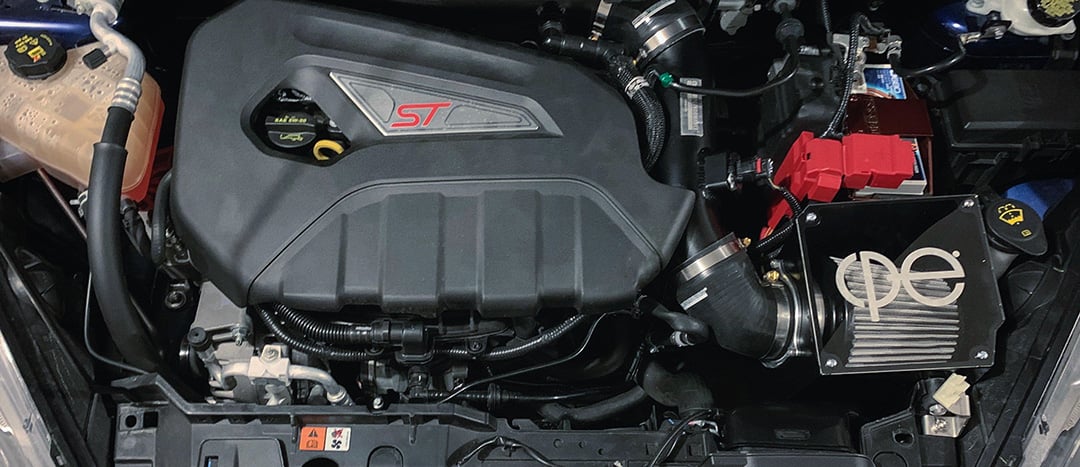

%20-%20Does%20Your%20Big%20Turbo%20Need%20It/EWGKit-web-(2).jpg?width=1018&height=449&name=EWGKit-web-(2).jpg)
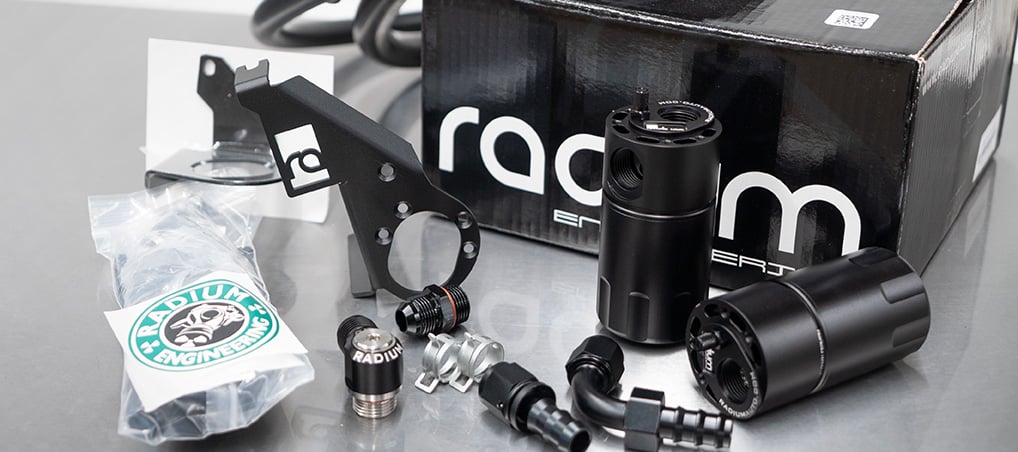
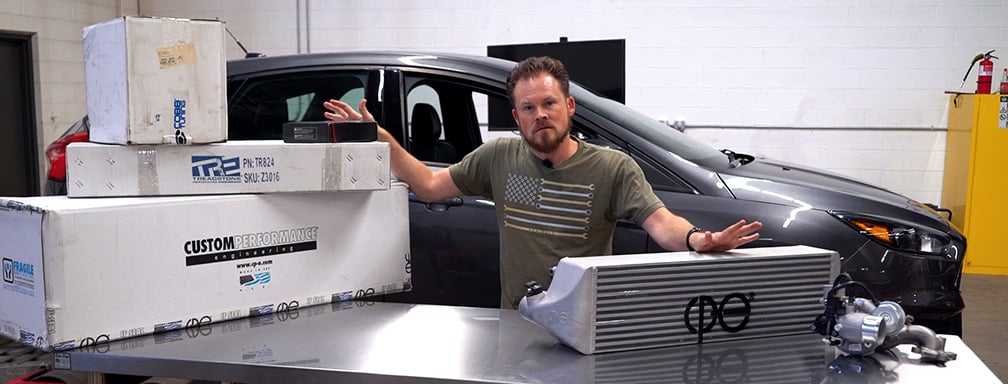
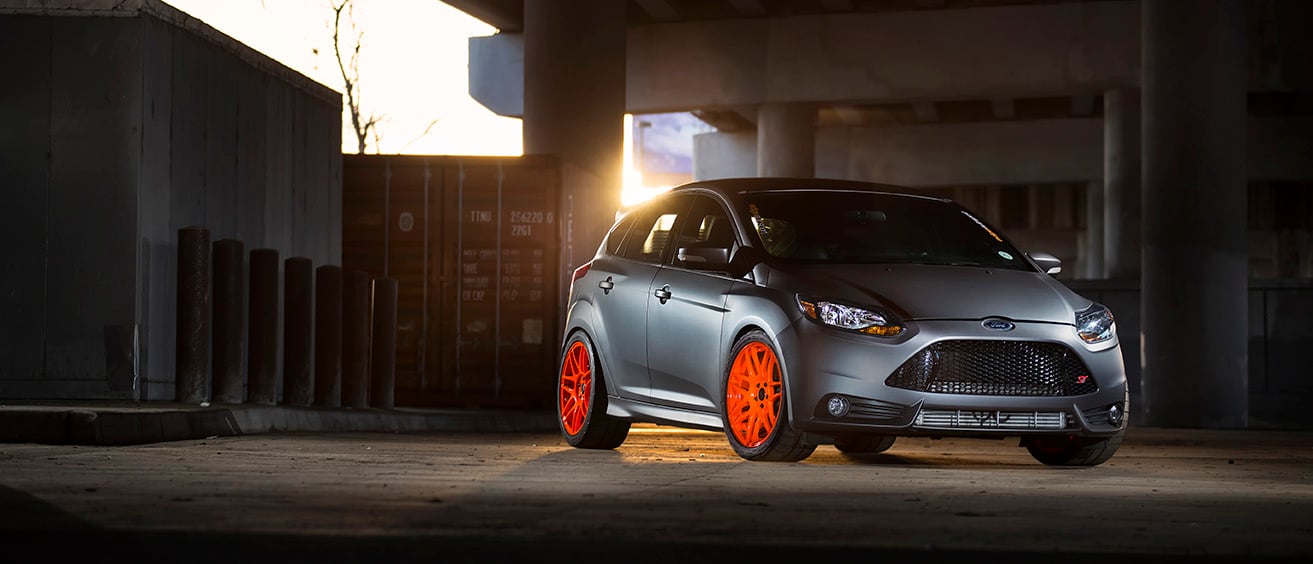
.jpg?width=1024&height=299&name=Putting%20Down%20400whp%20In%20Your%20Focus%20ST%20(2.1).jpg)









